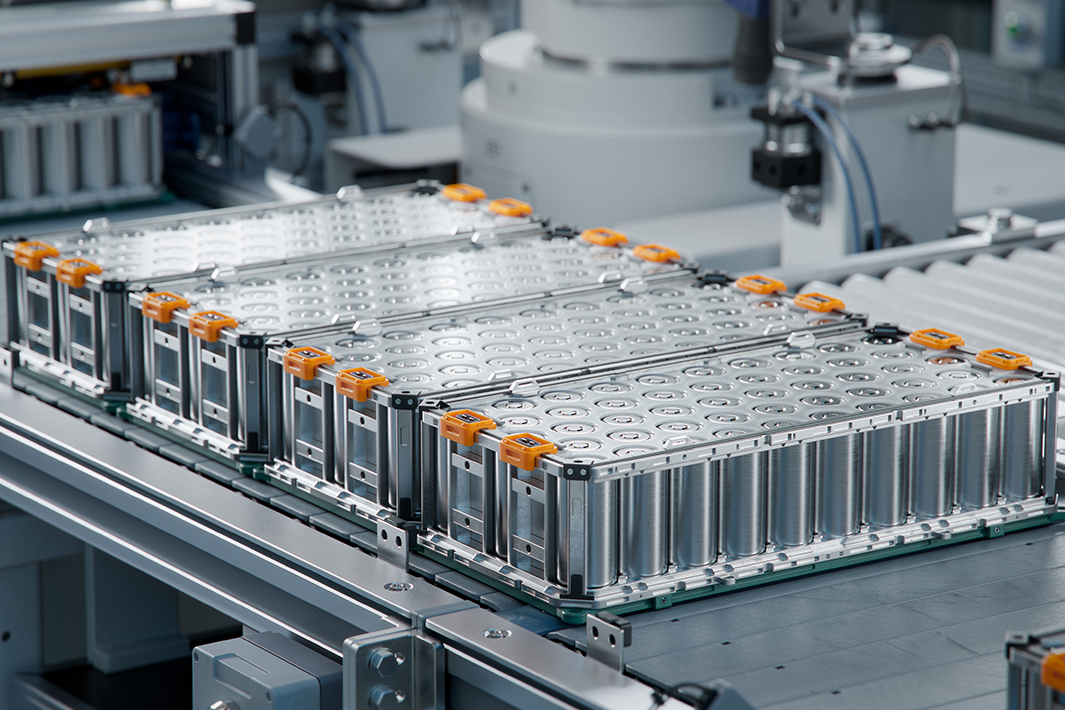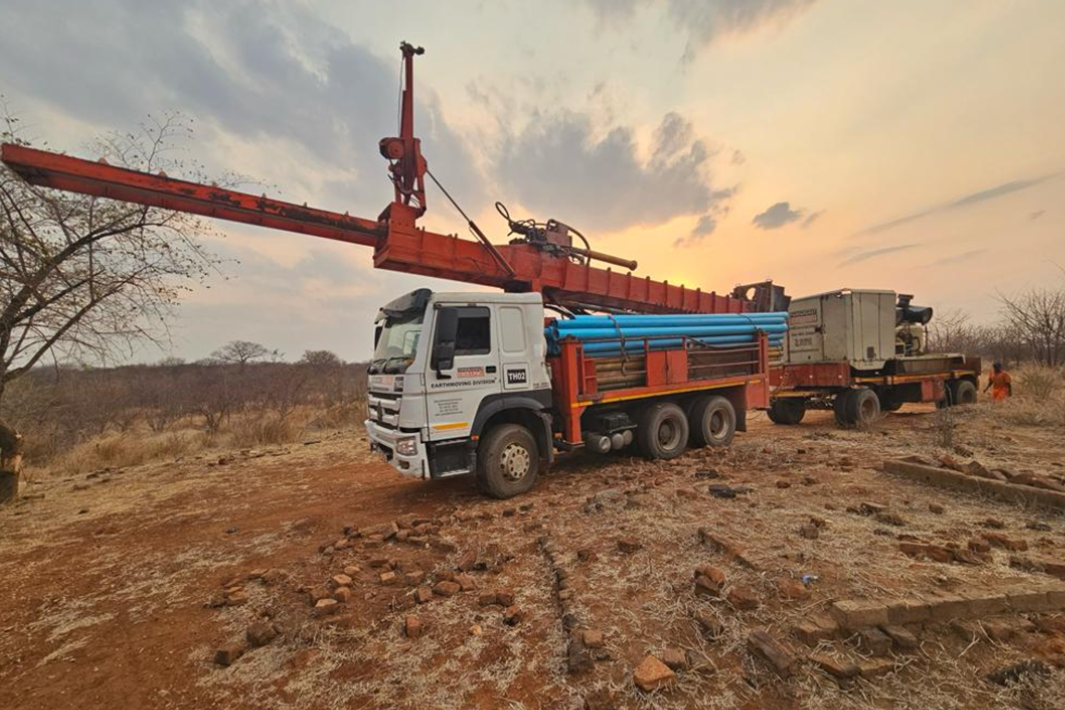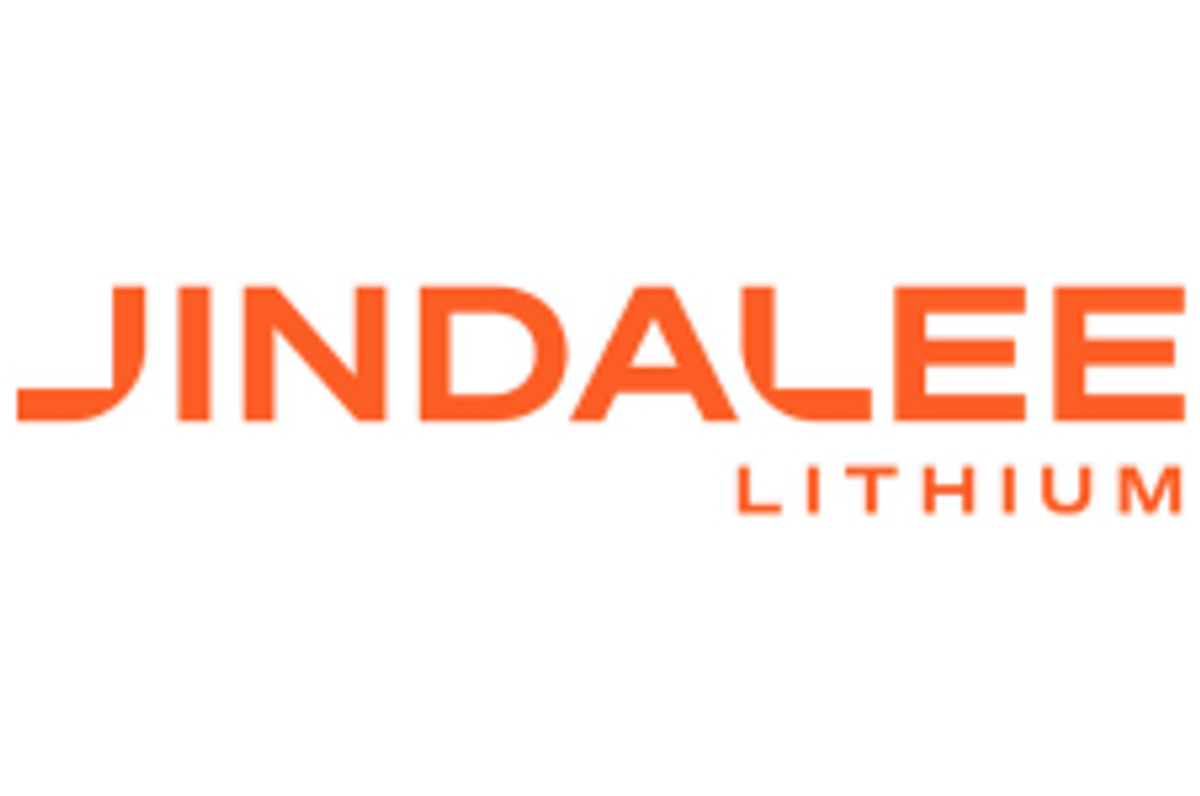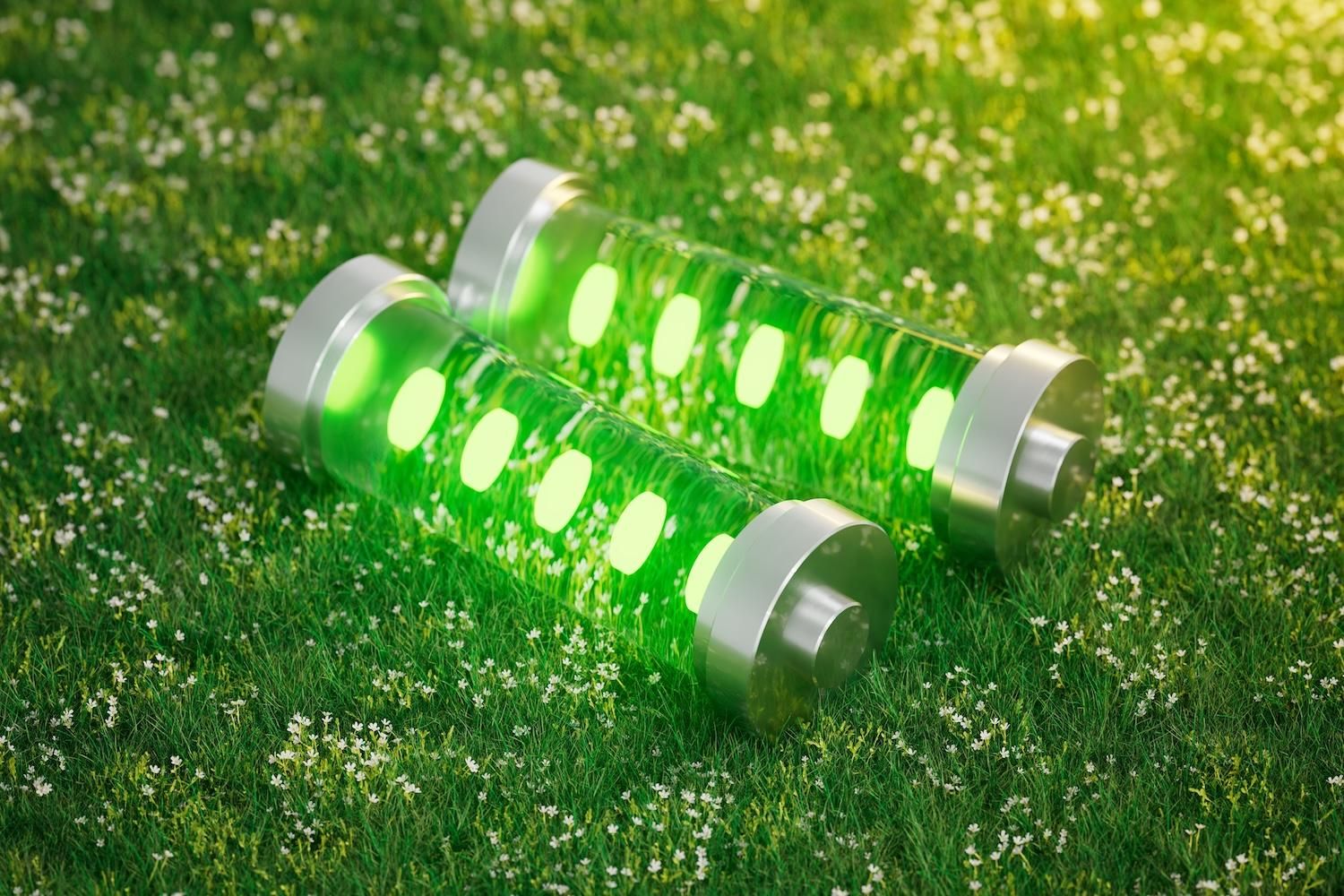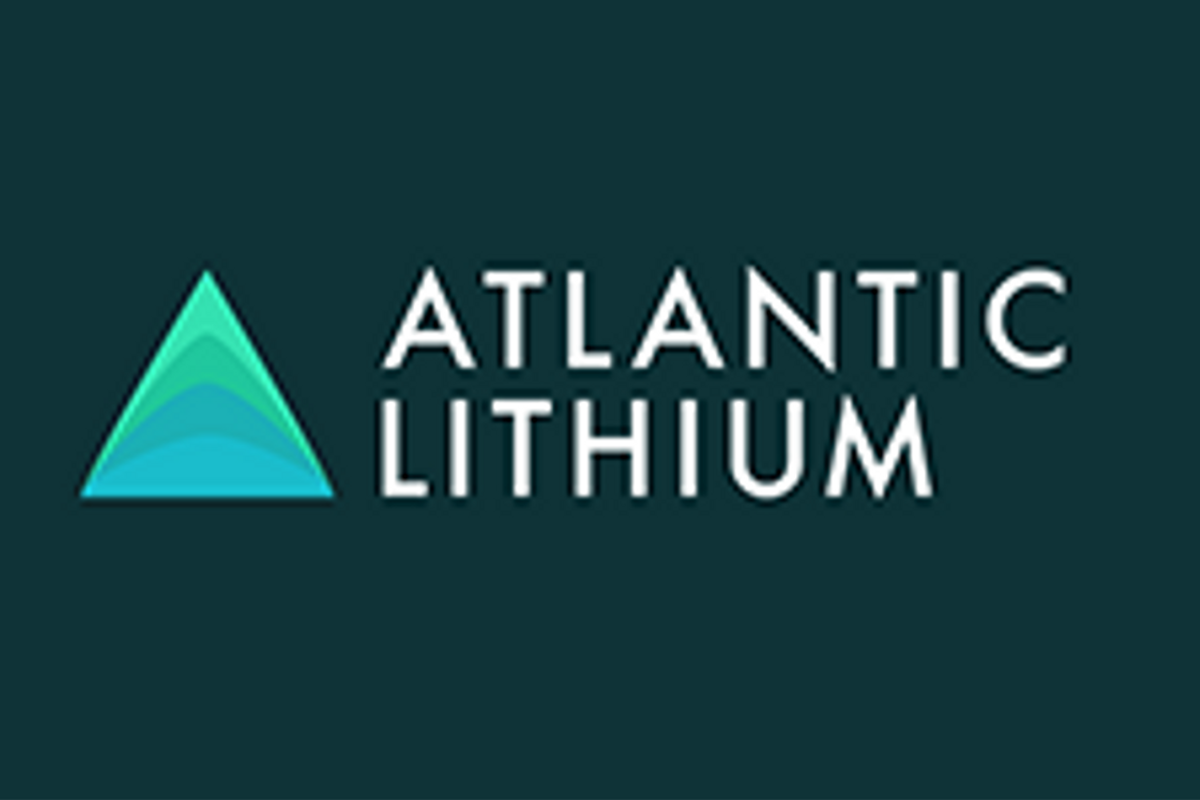
October 24, 2024
Atlantic Lithium Limited (AIM: ALL, ASX: A11, GSE: ALLGH, OTCQX: ALLIF, “Atlantic Lithium” or the “Company”), the Africa-focused lithium exploration and development company targeting the delivery of Ghana's first lithium mine, is pleased to announce the launch of an institutional placement (“Equity Placing”) of new fully paid ordinary shares of no par value each in the Company (“New Shares”) at an offer price of A$0.23 (equivalent to 11.73 pence) per New Share (“Issue Price”).
Highlights of the Equity Placing
- The Equity Placing will be undertaken by an institutional placement utilising the Company’s existing share authorities, launching today, to raise a minimum of A$9.0 million (£4.6 million/US$6.0 million). As part of the Equity Placing, the Company reserves the ability to accept oversubscriptions for up to A$3.0 million (£1.5 million/US$2.0 million).
- As part of the Equity Placing, the Company has received a signed commitment letter from Assore International Holdings Limited (“Assore”), the Company’s largest shareholder, to invest up to US$5 million (A$7.5 million/£3.9 million) through the purchase of up to 32,608,695 New Shares at the Issue Price (the “Assore Participation”).
- In addition, Executive Chairman Neil Herbert, Chief Executive Officer Keith Muller, and Non-executive Director Edward Koranteng, all Directors of the Company (the “Directors”), have provided an indication to invest up to A$290,000 in aggregate in the Equity Placing (the “Director Participation”). The Assore Participation and Director Participation are conditional on shareholder approval at the Company’s upcoming Annual General Meeting (“AGM”).
- Net proceeds from the Equity Placing will be used to contribute to funding the Company’s flagship Ewoyaa Lithium Project (“Ewoyaa” or the “Project”) in Ghana towards the Project Final Investment Decision (“Project FID”) and working capital requirements.
- The Equity Placing will be undertaken at a fixed issue price of A$0.23 (equivalent to 11.73 pence) per New Share, which represents a 11.5% discount to the last closing price of A$0.26 on 24 October 2024 on the ASX.
- Canaccord Genuity (Australia) Limited has been appointed as Lead Manager (“Lead Manager”) in connection with the Equity Placing. Wilsons Advisory & Stockbroking is acting as Co-Manager (“Co-Manager”).
Proposed Use of Proceeds
- Project Expenditure
- Optimisation and technical refinement of the Ewoyaa Definitive Feasibility Study (“DFS”);
- Expenditure related to advancing the Project through the remaining permitting activities to Project FID;
- Operational activities to achieve shovel readiness, including site preparation, relevant health and safety reports, the establishment of the Community Development Fund and the implementation of measures to manage and monitor Project impacts.
- Exploration
- Exploration of the highly prospective Rubino and Agboville licences in Côte d’Ivoire, as required under the terms of the licences.
- Working capital
- General working capital requirements.
Commenting, Neil Herbert, Executive Chairman of Atlantic Lithium, said:
“With significant recent progress made at Ewoyaa, despite having been impacted by the delay in the parliamentary ratification of the Mining Lease, this institutional Equity Placing will see the Company funded to advance the Project towards FID and shovel-readiness.
“Funds will be allocated towards the optimisation of the Ewoyaa DFS, the advancement of the Project through the key permitting and operational activities before we can break ground at the Project.
“We warmly welcome Assore’s commitment to participate in the Equity Placing. As a cornerstone investor in Atlantic Lithium since its AIM listing, Assore’s participation further underscores its belief in the Company achieving its goal of delivering spodumene concentrate production at Ewoyaa.
“Alongside CEO Keith Muller and Non-executive Director Edward Koranteng, I am proud to also be participating in the Equity Placing. As Directors, we believe in the importance of putting our money where our mouth is. We have done so on many occasions to date and, at such a pivotal moment for the Project, we are proud to take the opportunity to extend our belief in the Company’s ambitions.
“We look forward to the completion of the Equity Placing, which will facilitate our next steps towards delivering Ghana’s first lithium mine.”
Click here for the full ASX Release
This article includes content from Atlantic Lithium, licensed for the purpose of publishing on Investing News Australia. This article does not constitute financial product advice. It is your responsibility to perform proper due diligence before acting upon any information provided here. Please refer to our full disclaimer here.
A11:AU
The Conversation (0)
26 November
Long State Funding Update
Atlantic Lithium (A11:AU) has announced Long State Funding UpdateDownload the PDF here. Keep Reading...
31 October
Quarterly Activities/Appendix 5B Cash Flow Report
Atlantic Lithium (A11:AU) has announced Quarterly Activities/Appendix 5B Cash Flow ReportDownload the PDF here. Keep Reading...
20 October
Pronounced Lithium-in-soil Anomalies
Atlantic Lithium (A11:AU) has announced Pronounced Lithium-in-soil AnomaliesDownload the PDF here. Keep Reading...
03 September
Corporate Funding Update
Atlantic Lithium (A11:AU) has announced Corporate Funding UpdateDownload the PDF here. Keep Reading...
31 July
Quarterly Activities/Appendix 5B Cash Flow Report
Atlantic Lithium (A11:AU) has announced Quarterly Activities/Appendix 5B Cash Flow ReportDownload the PDF here. Keep Reading...
11 December
Mining the Gap: 5 Forces Shaping North America’s Lithium Supply Chain
A convergence of industry investments, government initiatives and a shifting global trade dynamic is creating an environment ripe for the development of a North American battery supply chain, with lithium playing a leading role. These trends are reshaping the region’s industrial base and opening... Keep Reading...
10 December
Rock Bottom: Strategic Window for Ground-level Lithium Investment
When lithium prices hit bottom, savvy investors know that’s exactly where the next big discovery begins — literally. Beneath the surface of global markets and remote exploration grounds, new opportunities are forming in the wake of a sharp price reset and renewed geopolitical urgency.Recent... Keep Reading...
10 December
Liontown Resources Pens Lithium Offtake Agreement with China's Canmax
Liontown Resources (ASX:LTR,OTC Pink:LINRF) has executed a binding offtake agreement with Chinese conglomerate Canmax Technologies (SZSE:300390) as part of its strategy to diversify its customer base.“Listed on the Shenzhen Stock Exchange, Canmax is one of the world’s leading manufacturers of... Keep Reading...
08 December
Trading Halt
Jindalee Lithium (JLL:AU) has announced Trading HaltDownload the PDF here. Keep Reading...
05 December
Livium Receives A$663k in RsD Tax Incentive Rebates for VSPC
Livium Ltd (ASX: LIT) (“Livium” or the “Company”) advises that it has received A$663,000 in research and development ("R&D") tax incentive rebates from the Australian Tax Office for the 2025 financial year ("FY25"), relating to its wholly owned subsidiary VSPC Pty Limited ("VSPC"). The rebate... Keep Reading...
01 December
Why SQM Says Social Dialogue is Key to Sustainable Lithium
As scrutiny continues to intensify across the battery metals supply chain, the conversation around sustainability has moved far beyond carbon footprints. At this year’s Benchmark Week, Stefan Debruyne, director of external affairs at Sociedad Quimica y Minera de Chile (SQM) (NYSE:SQM), made that... Keep Reading...
Latest News
Interactive Chart
Latest Press Releases
Related News
TOP STOCKS
American Battery4.030.24
Aion Therapeutic0.10-0.01
Cybin Corp2.140.00

